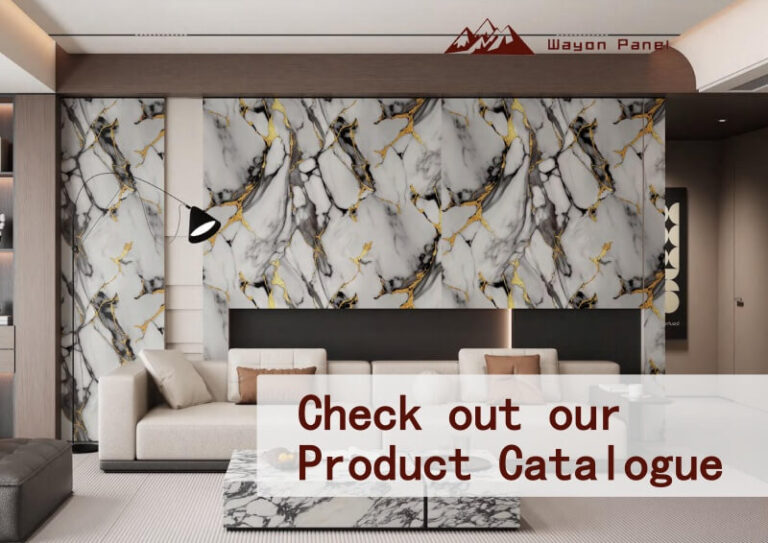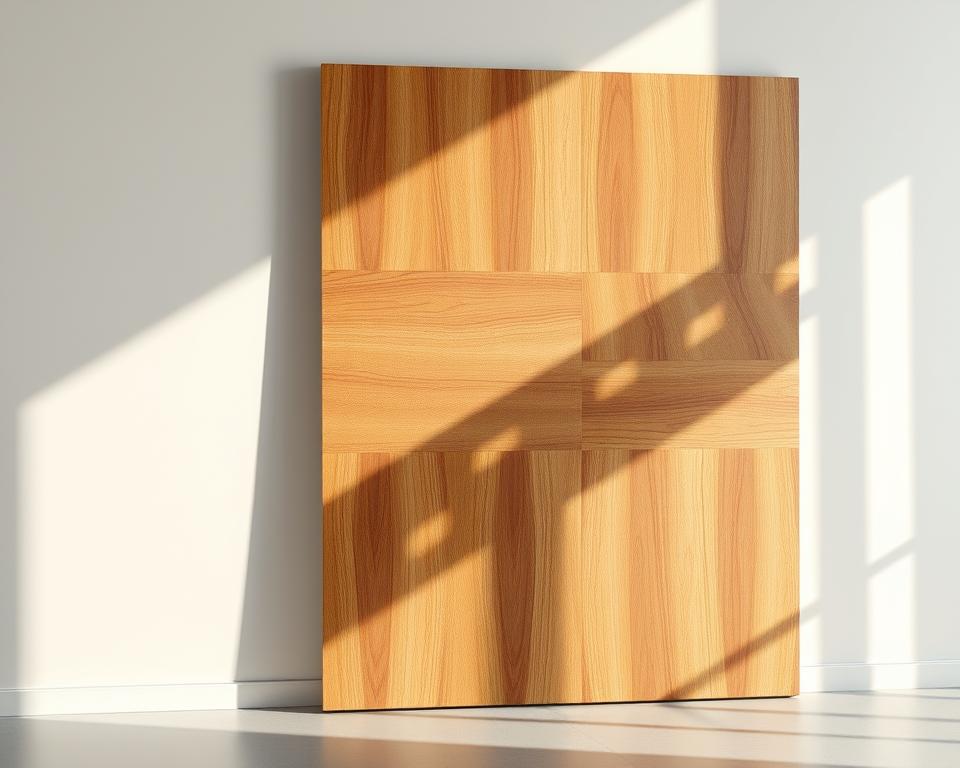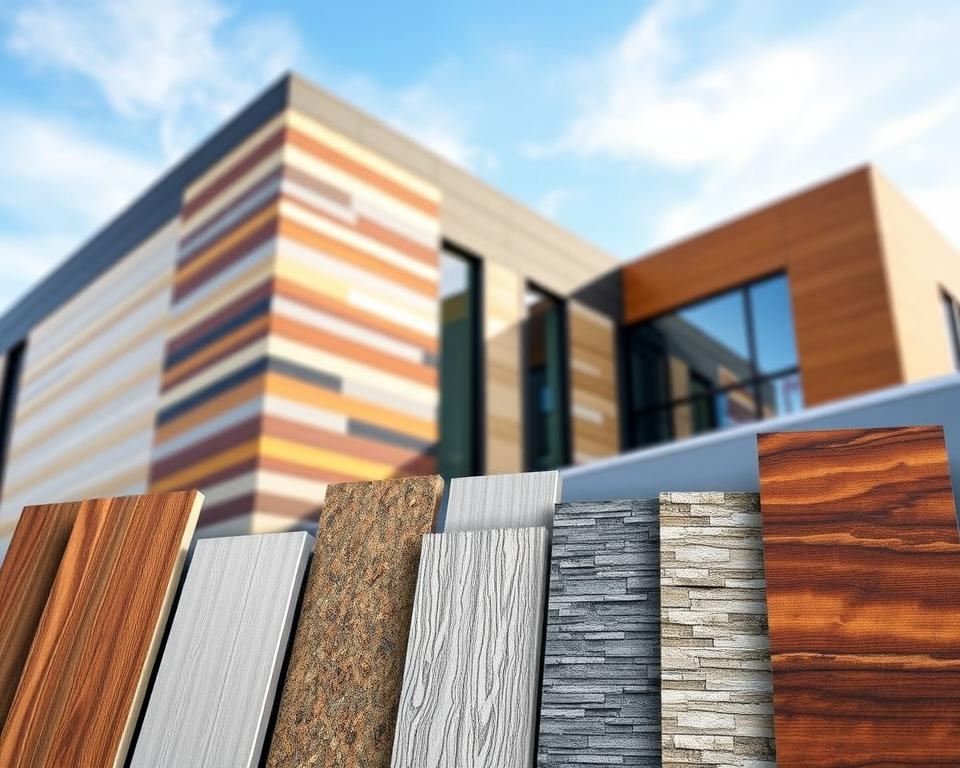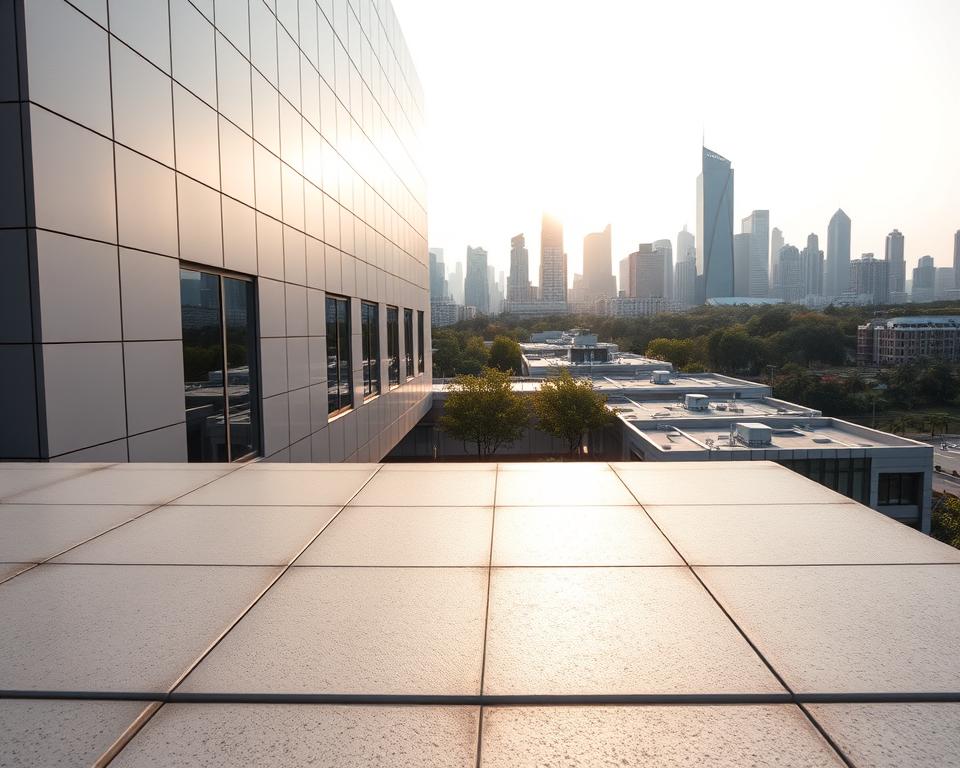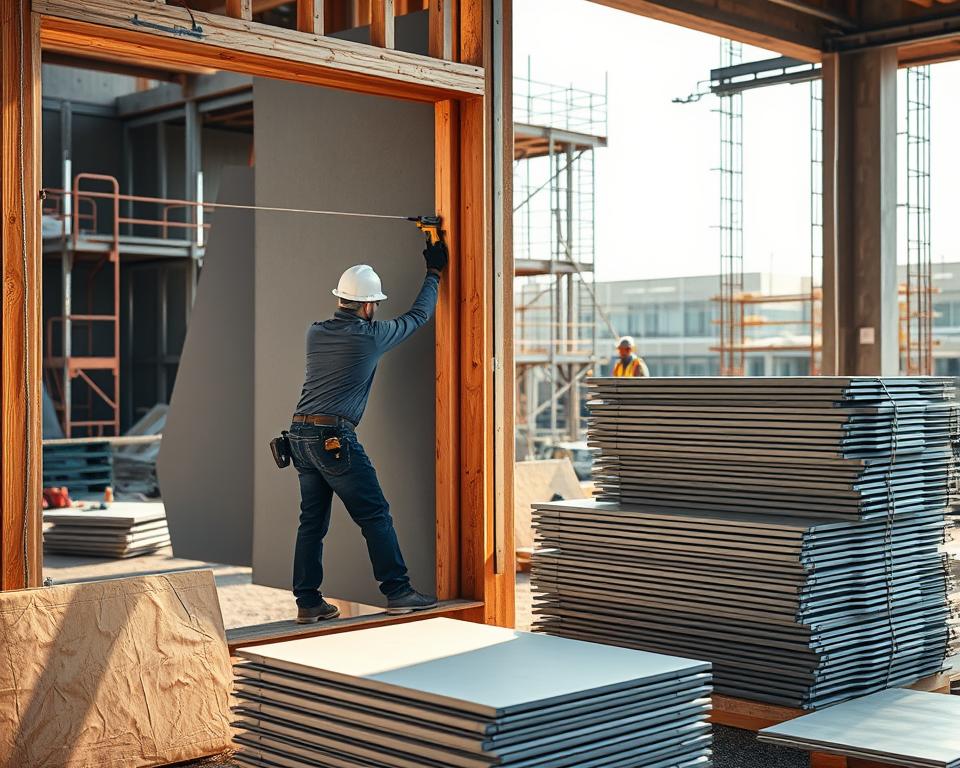Modern construction demands solutions that last. Builders and designers now prioritize systems combining multiple components to boost strength and endurance. These advanced alternatives outperform traditional options by balancing practicality with resilience.
Selecting the right substances determines how well structures handle challenges like extreme weather or heavy use. The right mix ensures decades of reliable service in homes, offices, and industrial spaces. Poor decisions, however, lead to costly repairs or premature replacements.
Understanding what goes into these systems helps professionals make smarter choices. Architects weigh factors like thermal efficiency and load capacity. Contractors assess installation ease and maintenance needs. Property owners gain value through solutions tailored to their climate and usage.
Recent breakthroughs in science have transformed what’s possible. New formulas enhance resistance to moisture, UV rays, and temperature shifts without sacrificing visual appeal. This progress lets teams create buildings that stand strong while looking sharp.
Introduction to Composite Wall Panels in Modern Construction
Today’s builders seek materials that merge beauty with brawn. These multi-layered systems transform spaces from retail stores to office lobbies, offering visual warmth and structural reliability. Their adaptability shines in high-traffic zones where traditional options crack or fade.
Versatile Applications in Building Design
From sleek exterior facades to bold accent walls, these solutions redefine spatial boundaries. Bathrooms gain moisture resistance, while commercial renovations achieve timeless appeal. The table below shows common uses versus conventional alternatives:
| Application | Traditional Challenges | Modern Advantages |
|---|---|---|
| Exterior Surfaces | Paint fading, wood rot | UV resistance, minimal upkeep |
| Interior Features | Scratches, staining | Impact-resistant surfaces |
| High-Humidity Zones | Mold growth, warping | Waterproof composition |
Why Material Selection Matters
Smart substance combinations prevent costly do-overs. Recycled wood fibers bond with polymers to create eco-conscious designs. One contractor noted, “Projects last 40% longer when we match materials to environmental demands.”
Builders prioritize products that handle temperature swings and heavy use. Proper choices reduce replacement cycles by up to 70%, according to industry studies. This approach saves money while keeping structures looking sharp for decades.
Understanding Durability Factors of Composite Wall Panels
Building exteriors face constant battles against nature’s forces. Choosing the right substances determines whether structures shrug off storms or crumble under pressure. Smart selections balance immediate needs with decades of reliable performance.
What Makes Systems Last?
What makes these systems last? It starts with their core ingredients. Moisture barriers stop swelling in rainy climates. UV-blocking layers keep colors vibrant under harsh sunlight. Flexible designs handle temperature swings without cracking.
| Key Property | Environmental Challenge | Performance Benefit |
|---|---|---|
| Moisture Barrier | Heavy Rainfall | Prevents Swelling |
| UV Protection | Sun Exposure | Color Retention |
| Thermal Stability | Temperature Shifts | Maintains Shape |
Nature’s Role in Material Choices
Local weather patterns dictate smart selections. Coastal areas need salt-resistant formulas. Desert projects require heat-reflective surfaces. A Florida architect shared, “Our hurricane-prone zone demands products tested against 150mph winds.”
Advanced formulas now combine waterproof resins with sun-deflecting particles. Industry tests show systems with layered protection last 2-3 times longer than single-material options. This science-backed approach cuts replacement costs while keeping buildings looking sharp.
Material Composition and Structural Benefits
Architects face tough choices when balancing style and substance in building projects. The right blend of components determines whether surfaces stay beautiful or buckle under stress. Smart combinations now deliver both visual appeal and lasting strength.
Wood-Effect Finishes Versus Synthetic Options
Modern finishes capture wood’s rustic charm without its drawbacks. Textured surfaces mimic oak, cedar, and teak grains so precisely that even professionals do double-takes. “Clients get the warmth of natural timber without yearly sealing or pest treatments,” notes a Chicago designer.
These engineered alternatives resist swelling in humid climates and won’t splinter in freezing temperatures. Advanced bonding techniques lock out moisture while letting structures breathe. The result? Decks and facades that look freshly installed for over a decade.
Role of Aluminum and Other Complementary Materials
Aluminum frameworks provide hidden strength behind attractive exteriors. Their lightweight nature simplifies installation, while rust-proof coatings handle coastal salt spray. Paired with recycled wood fibers, these systems achieve sustainability without sacrificing durability.
Specialized sealants and fasteners complete the package. They prevent warping at temperature extremes and maintain airtight seals against driving rain. This multi-layer approach ensures buildings withstand diverse challenges while keeping maintenance minimal.
Impact of UV and Water Resistance on Performance
Outdoor surfaces face relentless environmental challenges daily. Sunlight and moisture work tirelessly to degrade building materials over time. Modern solutions combat these forces through advanced engineering that preserves both function and style.
Weather Resistance and Performance Over Time
Ultraviolet rays pose a silent threat to exterior surfaces. Specialized color technology reflects harmful radiation while maintaining vibrant hues. One manufacturer states, “Our 10-year fade guarantee comes from nano-sized reflective particles embedded during production.”
Waterproof designs tackle moisture intrusion at multiple levels. Tight molecular bonds prevent swelling and warping common in traditional alternatives. This dual approach – blocking UV damage and liquid penetration – creates lasting protection against nature’s extremes.
| Environmental Challenge | Traditional Issue | Modern Solution |
|---|---|---|
| Sun Exposure | Fading colors | UV-reflective layers |
| Heavy Rain | Wood rot | Watertight seals |
| Temperature Swings | Cracking surfaces | Flexible polymer blends |
Independent testing reveals impressive results. Samples exposed to accelerated weather simulations showed:
- 94% color retention after 5,000 hours of UV exposure
- Zero moisture absorption during 30-day water immersion
- Structural integrity maintained through 100 freeze-thaw cycles
These innovations let exterior surfaces withstand decades of harsh weather. Contractors report 60% fewer callbacks compared to conventional materials. The combination of sun resistance and waterproofing creates protection that grows more valuable with each passing season.
Installation Insights for Optimal Use
Quality craftsmanship begins with precise execution. Proper setup methods ensure systems perform as designed while maintaining visual harmony. Skilled crews combine the right gear with proven methods to create lasting results.
Essential Tools and Techniques for Installation
Every successful project starts with reliable equipment. Precision measuring tools prevent costly errors, while specialized cutting devices ensure clean edges. The table below shows key items and their roles:
| Tool | Purpose | Critical Feature |
|---|---|---|
| Laser Level | Alignment | ±1mm accuracy |
| Circular Saw | Cutting | Carbide-tipped blade |
| Fastening System | Attachment | Adjustable torque |
Aluminum joists form the backbone of durable installations. “Spacing these supports 16 inches apart prevents sagging,” advises a Texas contractor. Leave 1/8-inch gaps between sections for thermal movement and drainage.
Steps to Achieve a Secure and Aesthetic Finish
Surface preparation makes or breaks the outcome. Clean substrates thoroughly, removing dust and debris. Apply moisture barriers before mounting joists to create protective air channels.
Follow these key steps:
- Check joist alignment with a 4-foot level
- Secure panels using corrosion-resistant fasteners
- Inspect seams for consistent spacing
Hidden clip systems offer sleek appearances while allowing easy access. Regular checks during setup catch issues early, saving time and materials. Proper techniques yield surfaces that stay flawless for years.
Expanding Design and Aesthetic Possibilities
Creative vision meets practical execution in today’s architectural landscape. Modern solutions now offer unprecedented flexibility, letting teams transform spaces while meeting strict performance standards. This shift empowers designers to push boundaries without compromising durability.
Customization Options and Color Variations
Four contemporary hues dominate current exterior applications, each engineered for lasting vibrancy. These options blend advanced pigmentation with UV-blocking technology, ensuring surfaces stay vibrant through seasons. A project in Arizona recently showcased how warm terracotta tones maintained their depth after three years of desert sun exposure.
| Color Option | Visual Effect | Maintenance Advantage |
|---|---|---|
| Slate Gray | Urban sophistication | Hides dirt accumulation |
| Seaside Blue | Coastal freshness | Resists salt corrosion |
| Forest Green | Natural harmony | Blends with foliage |
| Sunset Terracotta | Warm modernity | Minimizes heat absorption |
Surface texturing techniques achieve remarkable realism, from weathered wood grains to polished stone finishes. Modular configurations enable dynamic patterns – horizontal lines for traditional homes, angular arrangements for contemporary spaces. “Our museum project required custom curved sections that maintained structural integrity,” shared a New York architect.
Maintenance considerations influence design choices. Wide spray angles simplify cleaning for intricate patterns, while color-matched trim pieces create seamless transitions. These innovations let professionals balance bold aesthetics with practical upkeep requirements.
Enhancing Aesthetics with Color and Finish
Color choices transform ordinary structures into visual masterpieces. Advanced pigment technologies now let designers achieve lasting vibrancy while protecting against environmental wear. This dual approach merges artistic expression with engineering precision.
UV-Resistant Color Technology Explained
Modern pigments use nano-scale particles to reflect sunlight while maintaining depth. A leading manufacturer states, “Our formula locks in hues through 10,000 hours of UV exposure without fading.” This innovation prevents the washed-out appearances common in older systems.
| Feature | Traditional Color | UV-Resistant Tech |
|---|---|---|
| Fade Resistance | 2-3 years | 10+ years |
| Color Matching | Visible variations | Batch consistency |
| Surface Protection | Separate coatings | Integrated barrier |
Three critical advantages define this approach:
- Multi-layer application ensures uniform coverage
- Textured finishes hide minor imperfections
- Warranty-backed performance guarantees
Always request physical samples before finalizing selections. Digital screens often distort tones – a designer in Miami noted, “We rejected 30% of online color options after seeing actual swatches.” Samples reveal true texture and reflectivity under local lighting conditions.
Manufacturers employ robotic spray systems to maintain precision across production runs. This eliminates blotchy areas while allowing custom sheen levels. The result? Buildings that stay photogenic through decades of service.
Energy Efficiency and Insulation Advantages
Smart building designs now prioritize year-round comfort alongside structural strength. Innovative systems create thermal barriers that slash energy bills while maintaining building integrity. Proper installation methods amplify these benefits through strategic air gaps and layered protection.
Furring strip mounting creates hidden air channels that block heat transfer. This approach reduces temperature swings inside buildings by 35% compared to direct-attachment methods. “Our clients save $1,200 annually on cooling costs in Phoenix homes,” reports a Southwest contractor.
| Feature | Traditional Approach | Modern Solution |
|---|---|---|
| Thermal Resistance | Single-layer barrier | Multi-channel design |
| Moisture Control | Vapor barriers only | Breathable air gaps |
| Installation Method | Direct mounting | Furring strip system |
| Certification Impact | Basic compliance | LEED points earned |
Advanced products combine insulation with structural support in one package. Core materials resist heat flow while blocking outdoor noise pollution. Third-party testing shows 28% better energy retention than standard alternatives.
Green building programs reward these efficient systems. Projects using certified products often qualify for tax incentives and faster permit approvals. The dual focus on performance and sustainability meets modern construction demands head-on.
Proper Installation and Maintenance Best Practices
Long-term building performance starts with meticulous setup and care. Whether upgrading existing structures or starting fresh, attention to detail ensures materials deliver their full potential. Let’s explore proven methods to maximize lifespan and visual appeal.
Preparing the Surface and Mounting Procedures
Smooth substrates form the foundation for success. Clean surfaces thoroughly, removing dirt and checking for moisture issues. Contractors recommend pressure-washing older walls and letting them dry 48 hours before installation begins.
Follow manufacturer specs for fastener placement like clockwork. “Misaligned screws cause 80% of early failures,” warns a Colorado installer. Use spacers to maintain consistent gaps between sections for thermal expansion. Cutting tools with diamond-tipped blades ensure clean edges for custom fits.
Maintenance Tips for Long-Lasting Panels
Routine care keeps exteriors looking new. Annual cleaning with low-pressure sprayers (500-800 PSI) removes grime without damaging surfaces. Wide-angle nozzles prevent concentrated streams that might etch finishes.
Inspect fastener tightness each spring and after severe storms. Many manufacturers offer detailed videos showing how to check drainage channels and reseal joints. These resources help homeowners address minor issues before they escalate.
Documentation matters. Keep technical sheets accessible for reference during repairs or renovations. Proactive teams schedule bi-annual inspections to verify alignment and structural integrity – a practice shown to extend service life by 40% in coastal regions.
Real-World Applications in Commercial and Residential Spaces
Contemporary architecture thrives when form meets function in everyday settings. Design teams now implement advanced building systems across diverse environments, proving their worth through practical performance. These solutions excel where aesthetics and resilience must coexist seamlessly.
Versatile Uses for Various Project Types
High-traffic commercial spaces benefit from surfaces that withstand constant use while maintaining visual appeal. Retail stores employ textured facades to create inviting exteriors, while office lobbies use sleek finishes for professional impressions. Hospitality venues leverage moisture-resistant systems for pool areas and outdoor dining spaces.
Homeowners gain equal advantages through adaptable applications. Bathrooms utilize waterproof surfaces to prevent mold, while exterior facades combat harsh weather. Garden partitions demonstrate dual functionality – defining spaces while promoting airflow. One coastal project saw a 90% reduction in maintenance costs after switching to salt-resistant systems.
Case Studies of Successful Installations
A boutique hotel renovation showcases smart material selection. Architects combined UV-stable finishes with impact-resistant cores for sun-drenched courtyards. The result? Vibrant colors lasting six years without fading, despite desert conditions.
Residential projects reveal similar success. A Chicago home’s exterior survived -20°F winters using thermal-stable systems, while a Florida bathroom remodel eliminated humidity-related repairs. These examples prove tailored solutions outperform one-size-fits-all approaches.

